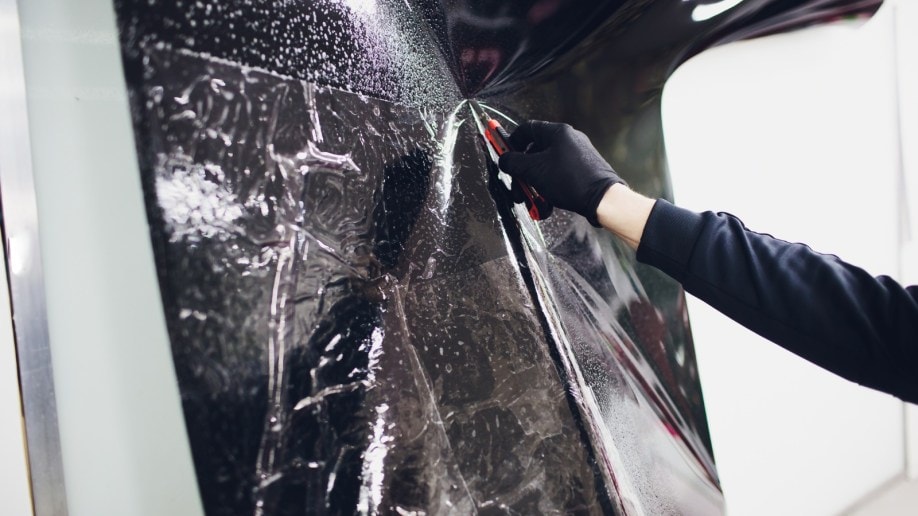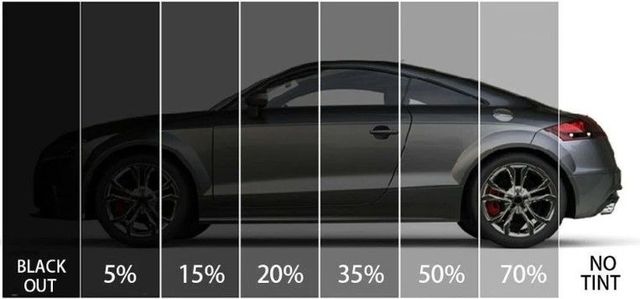Automobile Window Tinting: Discover the most effective Offers and High Quality Providers Nearby
Wiki Article
Home Window Tinting Regulations and Guidelines: What You Need to Know Before Tinting Your Car
Before continuing with home window tinting for your automobile, it is crucial to familiarize yourself with the varied regulations and guidelines that regulate this practice across various states. These guidelines determine the permitted degrees of tint darkness, usually measured by visible light transmission (VLT) percents, and include particular specifications for front windscreens intended at ensuring roadway security.Review of Home Window Tinting Regulations
Window tinting regulations are frequently subject to variation across various jurisdictions, mirroring local policies and safety and security factors to consider. These laws dictate the acceptable levels of color darkness and reflectiveness on vehicle windows, making certain that chauffeurs keep adequate presence while also protecting against damaging UV rays and warm.The majority of laws identify home window tinting based upon the Visible Light Transmission (VLT) percentage, which shows the quantity of light that can travel through the home window. Generally, reduced VLT percents represent darker colors. Regulations usually distinguish in between the front, side, and back home windows, with more stringent restrictions put on the front windscreen to boost safety for both the vehicle driver and other road individuals.
Compliance with window tinting laws is critical, as offenses can result in penalties, obligatory removal of the tint, and prospective rises in insurance policy costs. It is necessary for vehicle proprietors to familiarize themselves with local regulations before continuing with window tinting setups.
State-by-State Tint Laws
Comprehending the particular window tinting guidelines in each state is crucial for vehicle proprietors looking for to abide with the law. Each state in the U.S. has actually developed its very own collection of policies controling home window tinting, which can vary substantially. These laws often dictate the permitted degrees of tint darkness, the kinds of home windows that can be tinted, and any type of medical exemptions that might apply.As an example, states like California have rigid limitations on tint darkness for front windows, while others, such as New Mexico, might enable darker colors. Furthermore, certain states mandate specific visibility percentages for numerous home windows, including the windscreen, front side home windows, and back windows. It is important for automobile owners to acquaint themselves with their state's laws to stay clear of prospective penalties or penalties.
In addition, some states may require a qualification sticker label to be positioned on tinted home windows, indicating compliance with state laws. Failure to abide by these guidelines not only runs the risk of legal consequences but can additionally impact safety and exposure while driving. Lorry owners must carry out thorough research or seek advice from neighborhood authorities to ensure full understanding and compliance with state-by-state color policies.
Allowed Tint Degrees and Types
Many automobile owners may be shocked to find out that allowed tint degrees and kinds vary widely across different states. Each state has established its very own regulations regarding the acceptable darkness and reflectivity of window color, often determined by Visible Light Transmission (VLT) percents. VLT refers to the quantity of light that can travel through the colored home windows; hence, a lower percentage indicates a darker tint.
Moreover, the types of tint products allowed can differ, with some states banning metal or mirror-like surfaces. It is essential for automobile proprietors to acquaint themselves with their state's certain regulations to make sure conformity. Non-compliance can cause penalties, mandatory removal of the tint, or various other legal repercussions, making it imperative to comprehend these policies before waging installation.
Medical Exceptions for Tinting
While not all states offer allowances for clinical exceptions regarding home window tinting, those that do identify the requirement for particular individuals to improve exposure and convenience because of medical conditions. Various medical problems, such as lupus, skin cancer, and particular eye disorders, can render people especially conscious sunlight. Consequently, these individuals may need darker tints to secure themselves from unsafe UV rays and glare.
It is essential to note that even with a clinical exemption, there may still be constraints on the degree of tint enabled. Compliance with state regulations makes sure that people are both protected and within legal restrictions. Those thinking about medical exemptions should contact their local Department of Motor Autos or equivalent authority to comprehend visit the site the treatments and needs required to request an exception properly.
Penalties for Non-Compliance
Failing to adhere to home window tinting legislations can lead to considerable charges, which differ by state. Police are encouraged to provide citations for vehicles that do not stick to the defined tinting policies. These penalties commonly include penalties, which can vary from moderate quantities to numerous hundred dollars, relying on the intensity of the offense and the state in concern.In some jurisdictions, duplicated offenses might result in intensifying penalties or added charges, such as compulsory court appearances. Additionally, non-compliance may demand the removal of illegal tinting, frequently at the proprietor's expenditure. In extreme instances, habitual culprits might encounter suspension of their lorry registration till compliance is accomplished.
Additionally, insurance coverage effects might arise from obtaining multiple citations for home window tint infractions. Insurance firms might check out such violations as an indicator of riskier habits, potentially bring about raised premiums or difficulty in protection.
To stay clear of these fines, it is essential for vehicle proprietors to acquaint themselves with their neighborhood home window tinting legislations and ensure that their car complies (Window Tinting). This positive technique not just prevents lawful ramifications but additionally promotes road security
Final Thought

A lot of policies identify window tinting based on the Visible Light Transmission (VLT) percentage, which indicates the amount of light that can pass with the window. Conformity with window tinting guidelines is crucial, as offenses can result in penalties, required removal of the color, and potential rises in insurance policy premiums.Comprehending the certain window tinting regulations in each state is important for lorry proprietors seeking to abide with the law. These guidelines typically determine the permitted levels of tint darkness, the types of home windows that can be tinted, and any type of medical exemptions that may use.
For instance, states like California have stringent restrictions on color darkness for front windows, while others, such as New click site Mexico, may allow darker tints.
Report this wiki page